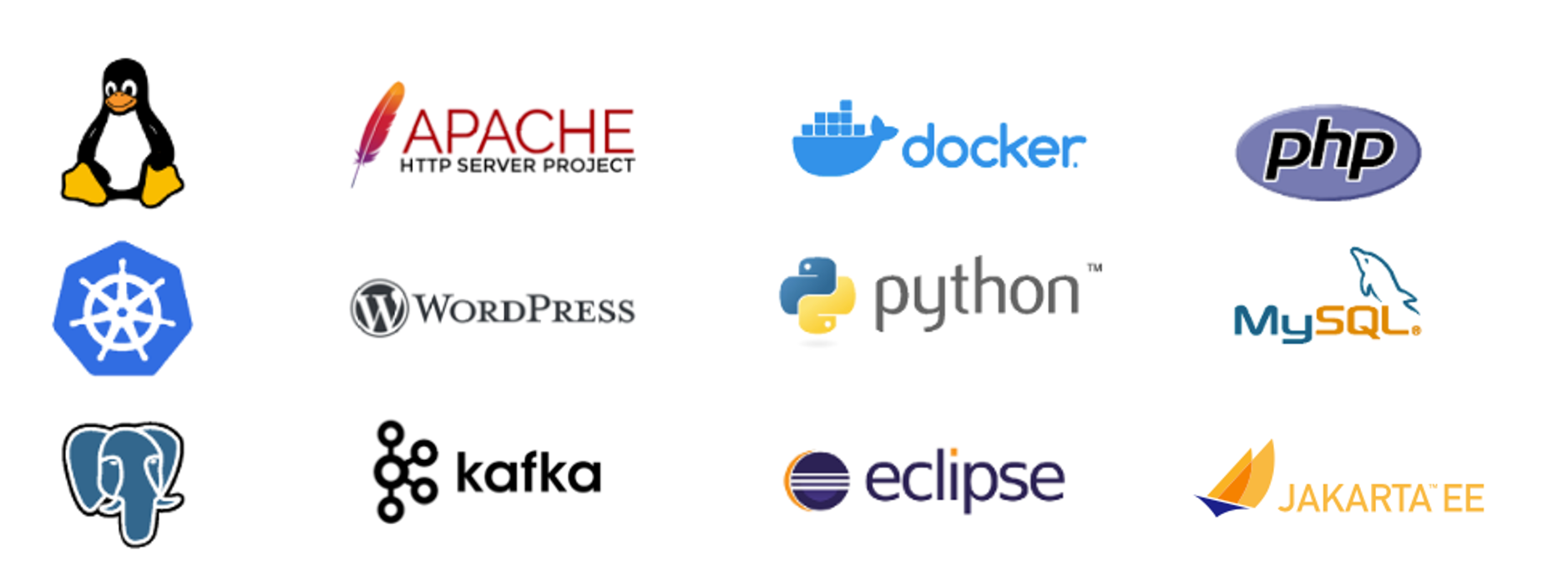
The 2024 State of Open Source Report: Trends, Opportunities, and Challenges
For the third year in a row, OpenLogic by Perforce collaborated with the Open Source Initiative to launch a global survey about the use of open source software (OSS) in organizations. This time around, we were delighted to also join forces with the Eclipse Foundation, who came on board as a new collaborator. We invited open source users to respond to our annual survey with more than two dozen questions about the state of OSS in their organizations. We received a record number of responses; more than 2,000 people, from large enterprises to early-stage startups, working across industries all over the world, completed our survey.
How are organizations using and supporting OSS? What are the most in-demand OSS technologies and skills? What are the main challenges and opportunities of OSS? These questions and more are answered in the 2024 State of Open Source Report.
In this blog, I'll highlight some of the major themes and insights from the report that reflect the current state and future direction of OSS.
Table of Contents
Back to top
OSS Adoption Is on the Rise Globally
95% of the respondents increased or maintained their use of OSS, with 33% of them reporting a significant increase in usage. The most significant growth was reported among respondents in Latin America, Asia, Africa, and the Middle East, indicating a global expansion of OSS. Open source databases and data technologies received the most investment among all OSS categories, followed by container and cloud-native technologies.
Has Your Organization Increased the Use of Open Source Software Over the Last Year?

Back to top
The Most Business-Critical OSS Is...
According to responses to the write-in question "What’s the most business-critical OSS in your organization?" the top 12 technologies are Linux, Java, Apache HTTP, Docker, Kubernetes, PHP, WordPress, Python, PostgreSQL, MySQL, Apache Kafka, and Eclipse IDE.
What Is the Most Business-Critical Open Source Software in Your Organization?

Back to top
No License Cost and Overall Cost Reduction Is Driving Adoption
This year, 37% of respondents cited reducing cost as the top reason for choosing OSS, followed by 30% choosing functionality available to improve development velocity, and 27% who selected OSS for stable technology with community long-term support. This is a shift from previous years, when cost reduction was not the primary driver of OSS adoption. This may reflect the challenging economic circumstances of 2023 that impacted organizations worldwide.
Back to top
Training Is How Many Organizations Address Skills Shortages
Over 45% of the respondents reported that they are providing internal or external training to address the skills gap in OSS. On the other hand, 38% indicated that they are addressing the skills gap by hiring experienced professionals.
How Are You Addressing the Shortage of Open Source Software Skills?

Back to top
Security, Compliance, and Support Are the Main Concerns for OSS
79% of the respondents said that maintaining security policies and compliance is the number one challenge that comes with working with OSS. Maintaining end-of-life versions of OSS was the second most selected challenge, followed by keeping up with updates and patches.
Want More Insights and Analysis?
Download the 2024 State of Open Source Report for 30+ pages of data on open source technologies: Linux distros, frameworks, databases, runtimes, DevOps tooling, and more!
Back to top
End of Life (EOL) OSS Is Still In Use
22% of the respondents said that they are still using CentOS, which has one community-supported version left (CentOS 7) that will become EOL on June 30, 2024. Similarly, 20% said that they still have apps on EOL AngularJS, and usage is at 22% among the largest enterprises. EOL software exposes organizations to security risks due to unpatched vulnerabilities.
Back to top
Open Source Security Tools Are Underutilized
Despite the high importance of open source software security, the report shows that the usage of open source security tools is low, mostly in the single digits. Over 27% of respondents did not know of any open source security tool being used in their organization.
What Open Source Security Tools Are You Using?

Back to top
Open Source Maturity Is Growing
On a positive note, the report contains some encouraging signs of growing open source maturity and best practices among organizations. For instance, almost 40% of respondents said that they scan open source software for vulnerabilities, and almost 38% said that they have policies or compliance for OSS. Moreover, 29% of the respondents said that their organizations contribute to open source projects or foundations, demonstrating their commitment to, and involvement in, open source communities.
The 2024 State of Open Source Report is a valuable resource for anyone — from engineers and developers to CIOs and CTOs — interested in learning more about current OSS trends, particularly which technologies are being widely adopted and how organizations are addressing challenges to find long-term success with OSS.
Additional Resources
- Blog - State of Open Source Report: Top Enterprise Linux Distributions
- On-Demand Webinar - Inside the State of Open Source: 2024 Report Analysis
- Press Release - OpenLogic Releases 2024 State of Open Source Report
- Archive - Previous State of Open Source Reports
- Blog - Open Source Trends and Predictions for 2024
- Blog - 10 Reasons Why Companies Choose OpenLogic for OSS Support
